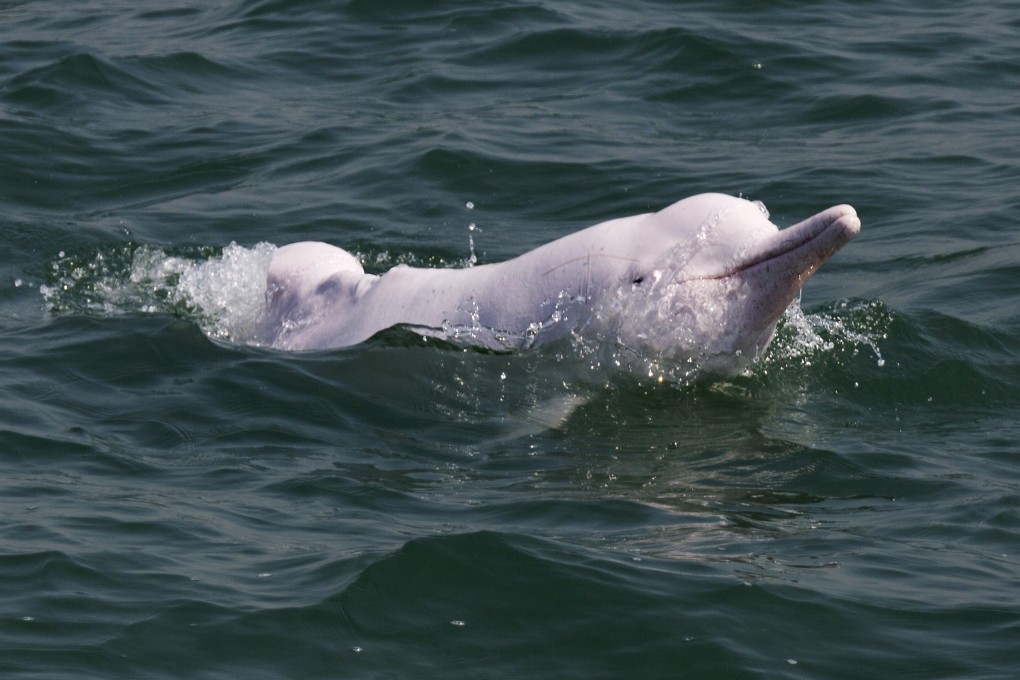Hong Kong environmental group urges authorities across Pearl River Delta to expand protected marine habitats to save Chinese white dolphins
- Conservationists propose prioritising ‘core’ protection zones, including the area around south and west Lantau Island, banning fishing and development
- They also suggest the creation of three buffer zones, allowing less harmful human activities that are managed like marine parks

Among the areas WWF-Hong Kong has proposed to safeguard are around south and west Lantau Island, where most of the city’s dolphins feed and breed.
According to the Agriculture, Fisheries and Conservation Department, the number of dolphins has fallen by 80 per cent over the past 15 years, with fewer than 50 spotted between 2017 and 2018.
“Chinese white dolphins are very beautiful, and have long been part of the history here,” said Dr Lawrence McCook, head of oceans conservation at WWF-Hong Kong. “But they are in a dire situation.”

Since the construction of the Hong Kong-Zhuhai-Macau Bridge started in 2012, the dolphins largely disappeared from northeast Lantau and concentrated in southern and western Lantau, where the long and continuous natural coastline provides them with abundant prey, WWF conservationists said.